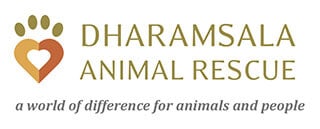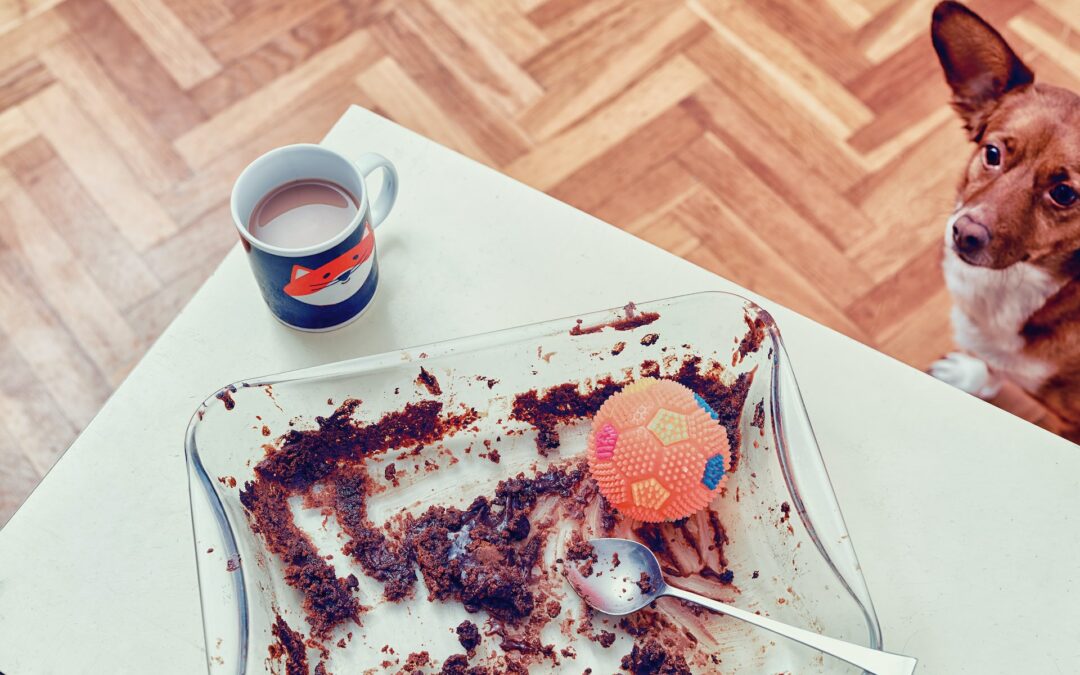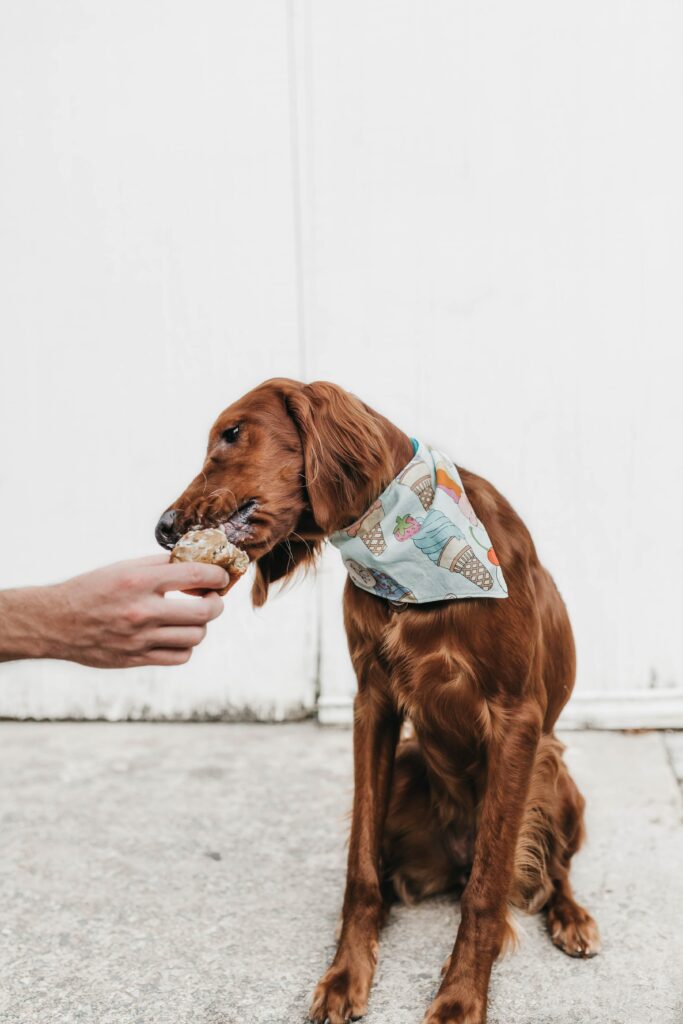Dogs and chocolate are a dangerous combination, and it’s important to understand why dogs should never be given chocolate.
Chocolate contains theobromine and caffeine, both of which can be toxic to dogs and cause serious health problems. As a dog owner, it’s important to be vigilant about leaving chocolate lying around the house and to be careful when we go to visit friends or family, especially at busy times like during the holidays.
What is Theobromine and why is it dangerous for dogs?
Theobromine is a stimulant that is similar to caffeine and is found in all types of chocolate, including dark, milk, and white chocolate. While theobromine can have a mild effect on humans, it can be much more dangerous for dogs. Unlike humans, dogs process theobromine much more slowly, which means that it can build up in their system and cause serious harm.
Theobromine can lead to an increased heart rate, restlessness, muscle tremors, and even seizures in dogs. It can also cause dehydration, which can be dangerous for dogs. In severe cases, theobromine toxicity can lead to heart failure and death.
Why is caffeine dangerous for dogs?
Caffeine, another stimulant found in chocolate, can also be toxic to dogs. Caffeine can cause increased heart rate, restlessness, and hyperactivity in dogs. Like theobromine, caffeine can also lead to dehydration, which can be dangerous for dogs.
Are all types of chocolate toxic for dogs?
The amount of theobromine and caffeine in chocolate varies depending on the type of chocolate. Dark chocolate and baking chocolate contain the highest amounts of these stimulants and are therefore the most toxic to dogs. Milk chocolate and white chocolate contain lower amounts of theobromine and caffeine, but they can still be harmful to dogs in large quantities.
What are the symptoms of toxicity caused by chocolate?
The symptoms of chocolate toxicity can take several hours to appear and can last for several days. The severity of the symptoms depends on the amount of chocolate ingested and the size of your dog. Common symptoms of chocolate toxicity in dogs include vomiting, diarrhea, restlessness, increased heart rate, muscle tremors, and seizures.
What should I do if I suspect my dog has ingested chocolate?
If you suspect that your dog has ingested chocolate, it is important to seek veterinary care immediately. The sooner the dog is treated, the better the chance of a full recovery. Your veterinarian will be able to determine the amount of chocolate ingested and the severity of the toxicity. They may also perform a physical examination, including a thorough examination of the heart and nervous system, to determine the extent of the damage.
In some cases, your veterinarian may need to induce vomiting to remove the chocolate from your dog’s system. They may also administer activated charcoal, which helps to bind the toxic substances in the chocolate and prevent them from being absorbed into the dog’s system. In severe cases, hospitalization may be necessary for supportive care, such as intravenous fluids to prevent dehydration and medications to control seizures.
What can I do to reduce the risk of my dog ingesting chocolate?
It’s important to keep chocolate and other toxic substances out of reach of your pets. Store chocolate in a secure place where your dog can’t get to it, and make sure that your guests are aware of the dangers of giving chocolate to dogs.
In conclusion, dogs should never be given chocolate. Chocolate contains theobromine and caffeine, both of which can be toxic to dogs and cause serious health problems. If you suspect that your dog has ingested chocolate, seek veterinary care immediately. Keeping chocolate and other toxic substances out of reach of your pets is an important part of being a responsible pet owner. By understanding the dangers of chocolate, we can help keep our dogs safe and healthy.
Learn more about us
Subscribe to the DAR Newsletter below:
About the author



